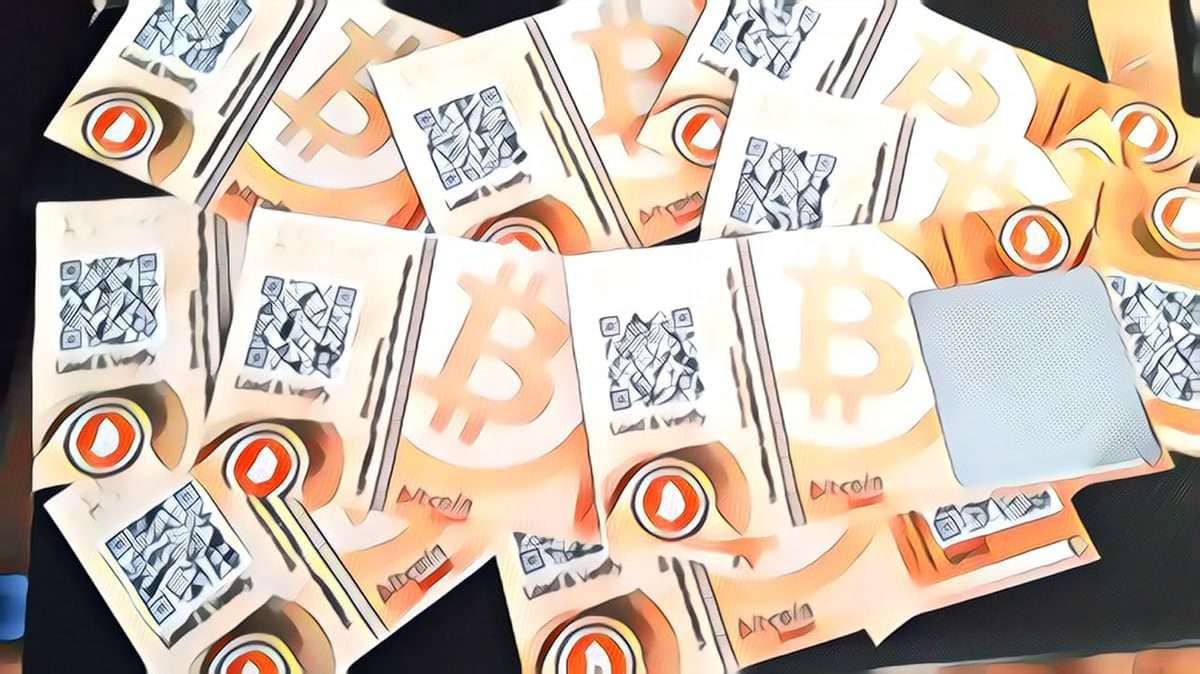Content
Ethereum uses proof-of-stake, where validators explicitly stake capital in the form of ETH into a smart contract on Ethereum. This staked ETH then acts as collateral that can be destroyed if the validator behaves dishonestly or lazily. The validator is then responsible for checking that new blocks propagated over the network are valid and occasionally creating and propagating new blocks themselves.
- PoW is the only consensus method that’s been utilised and proven to be effective for a long enough period to have successful case studies backing it.
- This speeds up transaction time and requires a much lower energy load, allowing for faster and more secure transactions as well as network scalability.
- Part of that has to do with the fact that PoW requires more advanced equipment.
- This merger is positive news for those who are socially conscientious investors because of the significant decrease in energy consumption.
- While the initial Merge won’t do much to lower gas fees, sharding will help in this regard.
Many investors are now worried about the future classification of Ethereum. While the SEC still hasn’t made an official statement on whether they consider Ethereum a security instead of a commodity, it’s very alarming news that could shake the entire crypto space. You may have heard about the Ethereum merger over the past few weeks.
Why isn’t staked ETH (stETH) pegged to ETH?
Through sharding and Proof-of-Stake, Ethereum will be able to process anywhere from 20,000 to 100,000 transactions per second. Though this may take a few years to reach the maximum capacity, this represents a speed increase of up to 999,900% from the current rate of transactions per second. These exponential increases in speed will help clear up network congestion and keep gas fees low.

So it’s a lot of energy that will be saved for Ethereum, but in addition to energy consumption, developers also believe that moving it to a proof-of-stake model is going to make the network more secure. Block validations can happen on a normal laptop and offer more security since there can be multiple validators. This reduces the risk of centralization when compared to the PoW system.
Does PoS give preferential treatment to people who stake more ETH?
Registered securities must disclose their management team, provide financial information and share potential risks. Ethereum investors are concerned after the head of the SEC, Gary Gensler, indicated that the cryptocurrency could be considered a security now just a day after the merger. This merger is positive news for those who are socially conscientious investors because of the significant decrease in energy consumption. The merger should make it easier to introduce upgrades to the network in the future. However, lower fees haven’t come into effect on the Ethereum network yet. The Ethereum ETH merger is finally complete as the cryptocurrency switches to the proof-of-stake mechanism for verifying transactions on the blockchain.
This is very unlikely with large currencies such as ethereum, where it would require a lot of money to pull off, and is a bigger risk with smaller, more concentrated currencies. Proof of stake has a security risk when a small number of owners control a large portion of the network’s currency value, but this is unlikely to occur with large, widely held currencies. Proof of stake also hasn’t been proven on the scale that proof-of-work platforms have. Several other chains use proof of stake—Algorand, Cardano, Tezos—but these are tiny projects compared with Ethereum. So new vulnerabilities could surface once the new system is in wide release.
However, if one group of miners gains more than 50% control, they can prevent transactions from being confirmed and can also spend coins twice — fraud known as double-spending. The merge switched the mainnet version of Ethereum—the part that supports transactions and smart contracts—to be part of the beacon chain. Following the merge, the proof-of-work part of Ethereum will fall away, and mining will be gone forever. Under proof of stake, transactions are confirmed by addresses that have staked—pledged to a smart contract—lots of ETH. Those who have staked more ETH earn proportionately higher rewards. While proof of stake conceptually makes the rich richer, it doesn’t boil the oceans, either.
The bitcoin network has often been criticized for its massive energy consumption, while other cryptocurrencies tout themselves as more energy-efficient thanks to PoS. Unlike other consensus protocols such as proof of work, where power-hungry computers worldwide compete to validate the next group of transactions, known as a block. Consensus mechanism is the method the computers running a cryptocurrency’s ledgers use to track transactions, communicate with one another, and maintain network security. If a single entity accumulated the majority of ether staked to validate new transactions, they could alter the blockchain and steal tokens. Crypto experts also say there is a risk that technical glitches could mar the Merge, and that scammers could take advantage of confusion to steal tokens. In the “proof-of-stake” system, ether owners will lock up set amounts of their coins to check new records on the blockchain, earning new coins on top of their “staked” crypto.
There could be vulnerabilities that could come to the fore when the system works at the scale Ethereum does, where thousands of smart contracts are on the blockchain and billions of dollars are at stake. The release of the Beacon Chain was a test that the method can work and the developers are going ahead with the Merge after being satisfied with the progress. For those who are still new to cryptocurrencies, Ethereum is a decentralized https://xcritical.com/ blockchain platform with smart contract functionality. This means that one can store programs on the blockchain which run automatically when pre-determined conditions are met. Ethereum, the world’s second most popular crypto coin is shifting to a proof-of-stake system to validate transactions on its blockchain. The shift will culminate with the much-awaited “The Merge”, which is expected to happen somewhere in mid-September.
The PoS mechanism seeks to solve these problems by effectively substituting staking for computational power, whereby an individual’s mining ability is randomized by the network. This means there should be a drastic reduction in energy consumption since miners can no longer rely on massive farms of single-purpose hardware to gain an advantage. Proof-of-stake was created as an alternative to Proof-of-work , the original consensus mechanism used to validate a blockchain and add new blocks.
Markets
If true, such a large reduction in energy will certainly make Ethereum more attractive to institutional investors that may have previously been dissuaded by the environmental impact of the Ethereum network. As network activity increased on pre-Merge Ethereum, users reported waiting longer for transactions to be confirmed and paying higher fees while doing so. Additionally, under heavy usage, some users lost their gas fees despite the transaction failing to execute. In order to safely transition the current Ethereum blockchain network, the plans for the Merge have been rolling out in phases.
As a result, Ethereum gave way to some of the biggest crypto innovations today, such as NFTs and blockchain-based games. In addition to making Ethereum more environmentally friendly, the developers have plans to make it more scalable too. In the upcoming updates, the developers aim to split the blockchain into different shards, much like the lanes of the highway. This is expected to increase the blockchain’s transaction throughput while also decreasing its fees. Since the launch, the platform has received periodic updates and a December 2020 update began the process of shifting the blockchain to the PoS system. Since the update, Ethereum has been running two parallel blockchains, one using Proof of Work called Mainnet while the other uses Proof of Stake called Beacon Chain.
A risky move
“It’s just not practical for some of the use cases for the blockchain,” Blumberg says. Proof of stake requires multiple validators to agree that a transaction is accurate, and once enough nodes verify the transaction, it goes through. Proof of work provides a way for the blockchain to remain “trustless,” meaning no third-party is necessary to verify or manage the transactions. Those with a larger stake—a larger amount of the currency held in a wallet—have higher chances of being selected to validate a block and earn the transaction fee.
Cryptocurrency is decentralized and needs to be verified by computers to make the transactions visible. Both proof of work and proof of stake help users perform secure transactions by making it difficult and expensive for bad actors to commit fraud. They make participants prove they have supplied a resource to the blockchain such as energy, computing power or money. Given that proof of stake requires less computational power compared to proof of work, it reduces the environmental impact of transactions on that network. That can be a factor impacting investors, especially since there have been questions about bitcoin’s energy consumption and environmental impact. Proof-of-stake is a cryptocurrency consensus mechanism for processing transactions and creating new blocks in a blockchain.

One of the primary goals of the Ethereum community is to make the platform more secure for investors and developers. In the past, we have seen several hacking incidents on different blockchains that ethereum speedier proofofstake resulted in people losing their money. Moving towards a PoS system, at least in theory, will minimize the risk of cyberattacks. One significant threat in proof of work networks is a majority attack.
Ethereum vs Ethereum 2.0: What will change?
In the case of Ethereum, a miner needs to stake 32 ETH to participate in the system, which at the time of writing is equivalent to US$52,440. The blockchain is a public ledger of all transactions that occur on the network. Every time transaction occurs, it needs to be added to the block to be considered complete. To do so, blockchain has conventionally relied on the Proof of Work system.
Great Companies Need Great People. That’s Where We Come In.
But it’s an approach that’s fraught with complications, given platforms’ whims and proliferating scams. Volatility profiles based on trailing-three-year calculations of the standard deviation of service investment returns. We don’t know for certain, but we have a line on eight possibilities. Investing in virtual currency has produced jaw-dropping returns for some, but the field still presents risks. This guide will explain everything you need to know about taxes on crypto trading and income. To activate your own validator, you’ll need to stake 32 ETH; however, you don’t need to stake that much ETH to participate in validation.
What are the next steps for Ethereum?
After they have verified a block, it is added to the chain and they receive a fee in the form of cryptos. If they don’t verify it properly, their own stake will be affected and they will lose some or all of their coins. This provides more security to the process since there is no incentive to cheat or steal coins.
In decentralized cryptocurrency systems like Bitcoin or Ethereum, however, there are no police. A sort of proof that a transaction is valid and that no coin is being spent twice. After the merge, subsequent upgrades will increase the capacity and speed of the network by introducing “shard chains.” These will expand the network to 64 blockchains. The merge needs to happen first because these shard chains rely on staking. Learn more about Consensus 2023, CoinDesk’s longest-running and most influential event that brings together all sides of crypto, blockchain and Web3.

Recent Comments